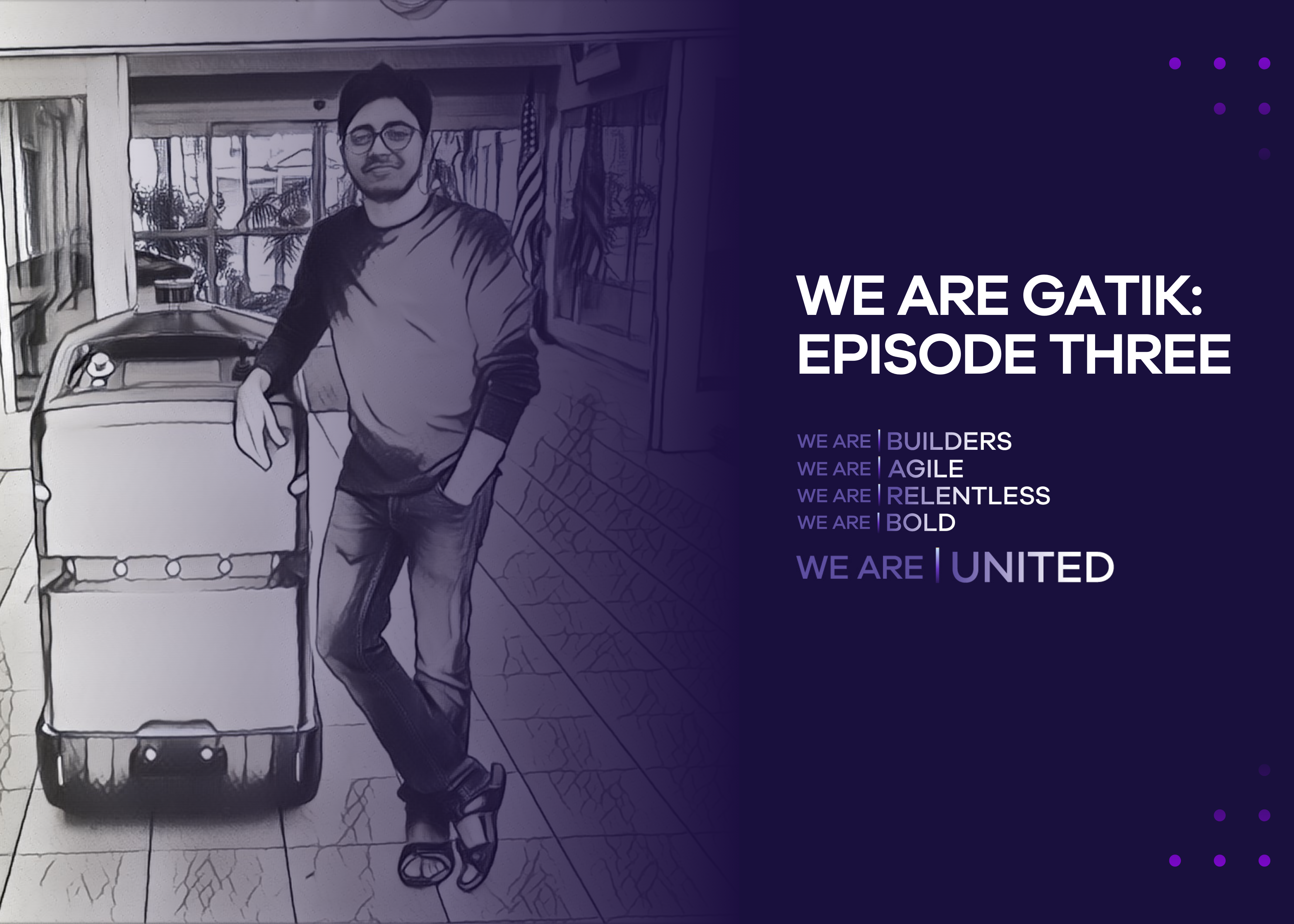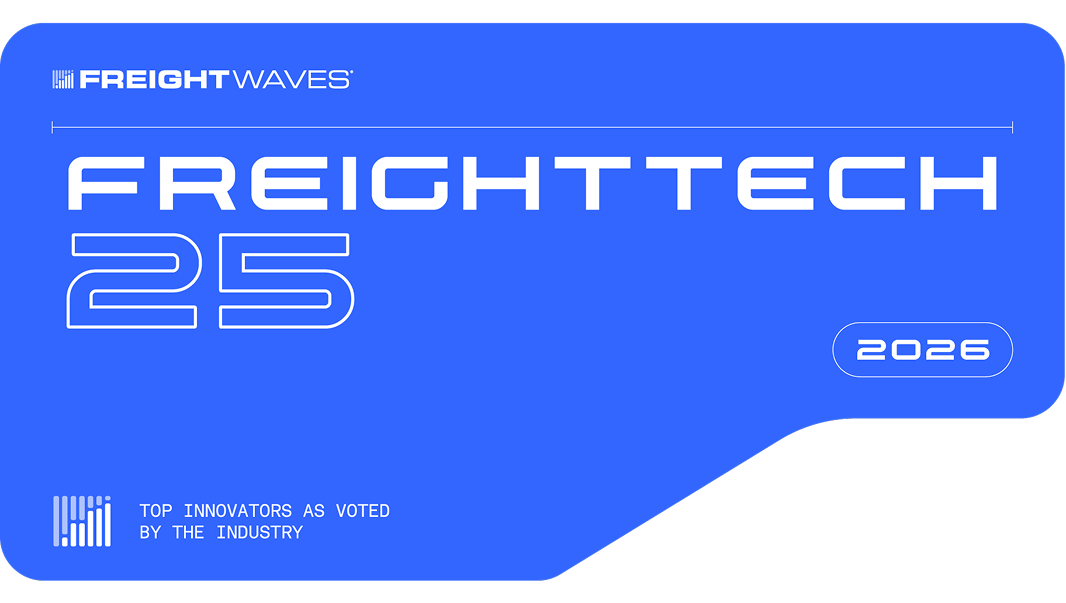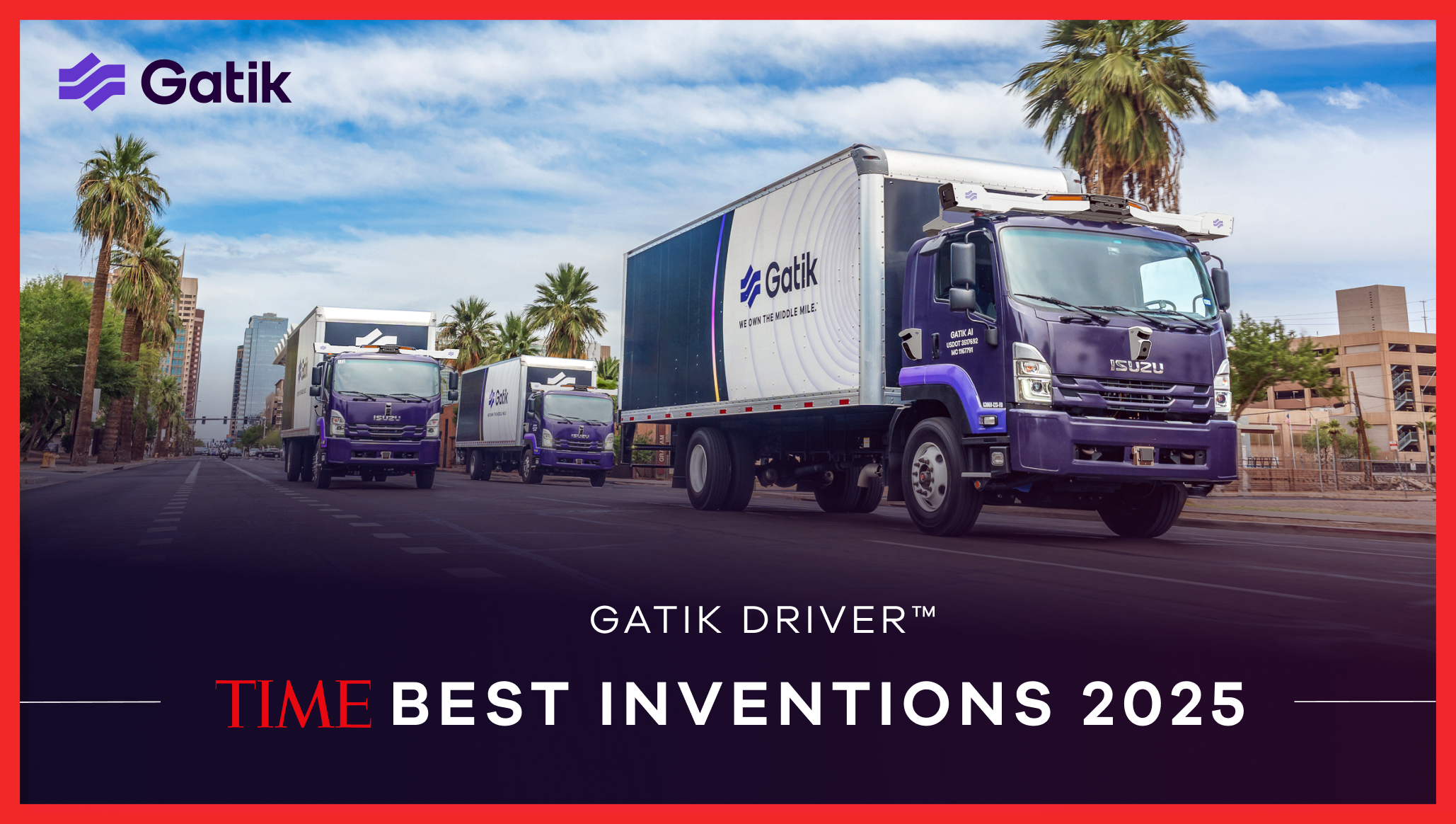
Dharmateja Kadem
Technical Program Manager for AV Testing & Deployment
In the realm of robotics, numerous AI-driven autonomy concepts abound, each brimming with the promise of a safer future. These grand ideas showcase the myriad ways machine learning could reshape our world. I find these possibilities captivating; yet, they remain largely theoretical. Turning these theories into safe, reliable products is a formidable challenge – one that I have firsthand experience with.
From my earliest years, I was drawn to unique technical challenges fueled by a robust passion for mathematics and an intrinsic drive to decode the complexities of the world. Even as a child, my inclination was always towards taking things apart to gain an appreciation of how they achieved their purpose. This curiosity extended into a profound interest in the underlying mechanics that influence our everyday activities. As I matured, this fascination evolved into an ambition to actively shape future technological landscapes.
Upon advancing my education, my objectives became clear. I embarked on my academic journey at CVR College of Engineering in Hyderabad, India, where I pursued a Bachelor’s degree in Electrical and Electronics Engineering. At that time, Robotics was an emergent discipline, scarcely explored by many. This rarity only fueled my enthusiasm further, driving me to delve into this nascent yet promising domain. For graduate studies, I relocated to Massachusetts to attend Worcester Polytechnic Institute, where I completed a Master’s degree in Mechatronics, Robotics, and Automation Engineering.
My graduate research propelled me into a realm of advanced research and cutting-edge robotic applications. My work afforded me the opportunity to collaborate on cutting-edge projects involving DARPA’s humanoid robot and the early iterations of Boston Dynamics’ Atlas robot. One of the pivotal undertakings in my research was the development and simulation of a Passive Dynamic Walker; a task that necessitated the meticulous application of advanced principles in dynamics and control theory. This work involved deriving and solving complex equations of motion, implementing stability analysis, and optimizing gait patterns to achieve efficient, energy-conservative locomotion without active actuation. Furthermore, I engaged in the development of high-performance object recognition systems, employing sophisticated computer vision algorithms and feature extraction techniques, to significantly enhance the autonomous perception capabilities of robotic platforms. These projects exemplified my transition from understanding existing technologies to pioneering new approaches in robotic design and functional optimization.
After obtaining my Master’s degree, my focus shifted towards transforming innovative concepts into tangible technologies. I co-founded Juvo Robotics, targeting the automation of aircraft ground operations – a domain historically characterized by minimal technological advancements and a strong dependence on manual processes. We developed a comprehensive automated baggage handling system that not only enhanced productivity and safety but also reduced operational costs for airlines.
Subsequently, my career path led me to Discovery Robotics, where I engineered solutions aimed at transforming the commercial floor cleaning industry. In this role, I was instrumental throughout the entire development lifecycle, from the conceptualization and prototyping phases to full-scale production deployment. My contributions included the design and optimization of the software architecture, ensuring robust, scalable, and efficient system performance. I also led the integration of multi-modal sensor systems, such as LiDAR, ultrasonic, and infrared sensors, to enhance environmental perception and navigation capabilities. Additionally, I played a pivotal role in the development and refinement of the State Machine, which governed the robot’s operational logic and decision-making processes. This work exemplified a comprehensive approach to robotics, seamlessly blending software engineering, sensor fusion, and automation technologies to create solutions that elevate the efficiency and reliability of everyday robotic applications.
Bringing theoretical concepts to life was exhilarating, but I sought a deeper impact – one that extended beyond the lab and into the real world. I wanted to see these innovations reach the market and transform daily life. Gatik offered that opportunity. With autonomous trucks already operational and making deliveries, they had demonstrated the tangible potential of autonomous transportation. The prospect of contributing to this cutting-edge field was compelling, and it led me to join Gatik as the Technical Program Manager for AV Testing & Deployment.

High fidelity closed loop testing of customer networks in a simulated environment
Gatik’s success in the market is no accident. We’ve taken a very meticulous and strategic approach to autonomous transportation. By focusing on well-defined, repeatable routes, we can deliver services with exceptional safety and reliability. This strategy allows for comprehensive testing and validation long before full autonomy is deployed.
When identifying new market opportunities, our team conducts a thorough, data-driven analysis of potential routes between pickup and delivery points. This process involves utilizing high-resolution GIS in conjunction with real-time traffic data to assess critical factors such as high-traffic zones, risk-prone areas near emergency response locations, and pedestrian-heavy environments like parks and schools. The testing and validation of autonomous vehicles involves a rigorously structured, multi-phase approach designed to ensure safe and reliable operation in diverse conditions without human intervention. The process begins with simulation-based testing, where high-fidelity virtual environments replicate real-world scenarios, including varied weather conditions, traffic patterns, and rare edge cases, to challenge the AV software stack.
The final phase transitions the AVs to fully driverless operations, where extensive validation testing under varied conditions, including stress tests and redundancy checks, ensures the system’s robustness and compliance with regulatory standards. Continuous monitoring and updates post-deployment further reinforce safety and operational reliability, establishing a comprehensive framework for the successful commercial deployment of autonomous vehicles. This exhaustive process is essential to maintaining the highest safety standards. It is also the reason why we have maintained a perfect safety record since our world-first, fully driverless deployment with Walmart in 2021.
Reflecting on my journey from rural India, where my curiosity led me to take things apart, to now contributing to the construction of a safe, reliable AI-driven autonomous network, I realize the magnitude of what we are building. Gatik is already transforming logistics, but the road ahead holds even greater promise. Our shared vision will undoubtedly drive us to achieve remarkable milestones. We are Gatik, and we are poised to change the world.
About Gatik
Gatik AI Inc., the leader in autonomous middle-mile logistics, is revolutionizing B2B supply chains by enabling safe, consistent, high-frequency freight movement. Gatik’s AI-Driven Autonomy is transforming short-haul logistics for Fortune 500 retailers, and in 2021 the company launched the world’s first driverless commercial transportation service with Walmart. Gatik’s medium-duty autonomous trucks are commercially deployed in multiple markets including Texas, Arkansas, Arizona, and Ontario. Gatik partners with industry leaders including Isuzu Motors, NVIDIA, Cummins, Ryder, and Goodyear. Founded in 2017 by veterans of the autonomous technology industry, the company has offices in Mountain View, Dallas-Fort Worth, Phoenix and Toronto.
Safe Harbor Statement
This article or press release contains forward-looking statements, including but not limited to, statements regarding future business strategies, plans, objectives, and anticipated performance. These forward-looking statements are based on the current expectations and beliefs of Gatik and are subject to various risks, uncertainties, and assumptions that could cause actual results to differ materially from those expressed or implied in such statements.
Factors that could impact these forward-looking statements include, but are not limited to, changes in market conditions, economic factors, competitive dynamics, regulatory developments, and unforeseen operational challenges. Gatik undertakes no obligation to update or revise any forward-looking statements to reflect new information, future events, or otherwise, except as required by law.
Readers are cautioned not to place undue reliance on these forward-looking statements, which speak only as of the date of this release.


